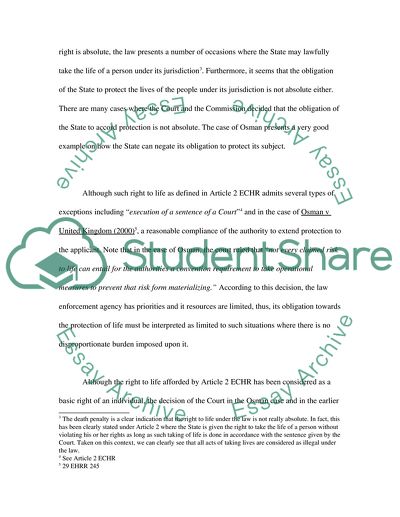Cite this document
(European Convention on Human Rights (ECHR) Case Study, n.d.)
European Convention on Human Rights (ECHR) Case Study. Retrieved from https://studentshare.org/social-science/1706390-civil-liberties
European Convention on Human Rights (ECHR) Case Study. Retrieved from https://studentshare.org/social-science/1706390-civil-liberties
(European Convention on Human Rights (ECHR) Case Study)
European Convention on Human Rights (ECHR) Case Study. https://studentshare.org/social-science/1706390-civil-liberties.
European Convention on Human Rights (ECHR) Case Study. https://studentshare.org/social-science/1706390-civil-liberties.
“European Convention on Human Rights (ECHR) Case Study”, n.d. https://studentshare.org/social-science/1706390-civil-liberties.


